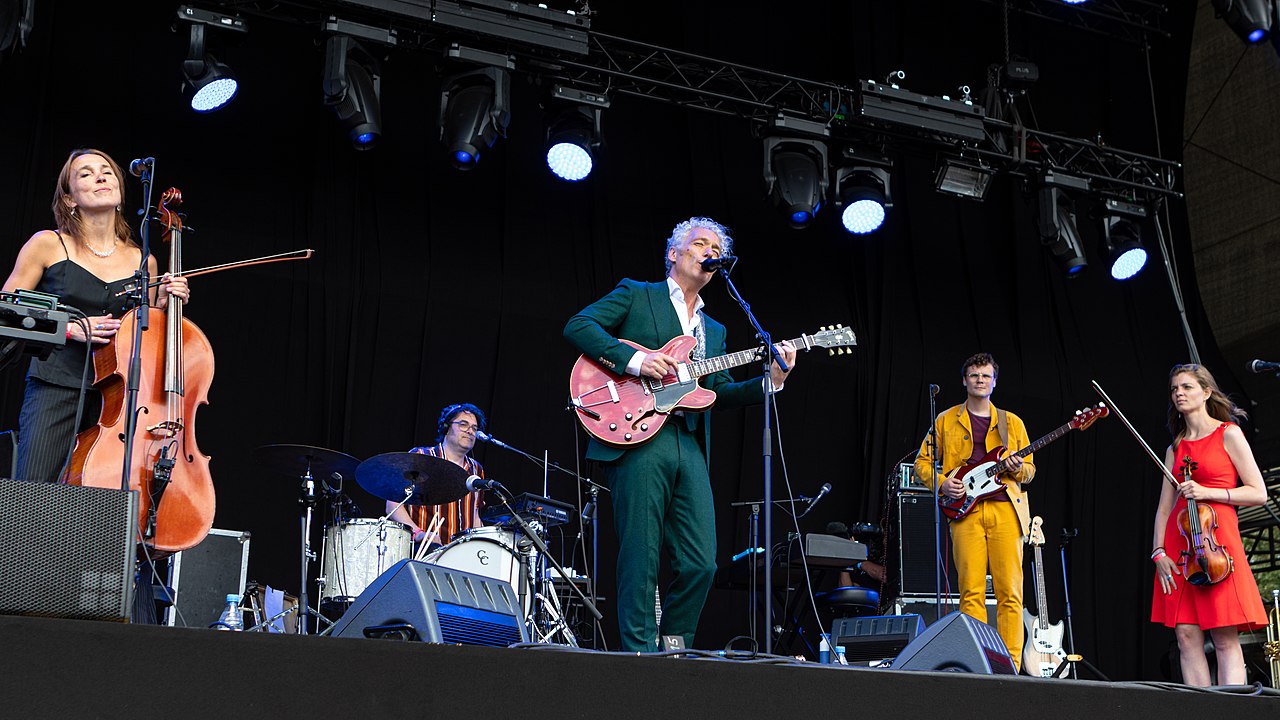“I am a composer. I make music. songs. I make everything myself and then I will see how I can perform it live with other musicians. Then I hand out the scores and we rehearse until the stiffness disappears and the musicians dare to give their own interpretation. Only then will it be beautiful.”
Spinvis speaks, in conversation with de Volkskrant. He says that writing his lyrics, which are in the spotlight, is not the core of what he does. The quote above is his answer to the question of what is the core.
Scores provide guidance, rehearsing provides space
The process of creating truly beautiful music is fascinating. Spinvis works out the scores himself. This describes exactly what every musician should play. So the band starts in a situation with little leeway and gets to work. The scores provide guidance, they ensure clear agreements and unity. It is well. Gradually space is created for the power of the musicians and only then it becomes beautiful.

OGSM Method: The Score for Executing Strategic Plans
What can we learn from Spinvis?
Lesson 1: Record the process and take that as a starting point
Have clear plans. The OGSM model makes a strategic plan transparent and concrete, so that everyone knows what needs to be done and what results you strive for together. And ensure a clear process to discuss progress, learn from the results and adjust the plan. A clear plan and a clear working method: it is clear to everyone what is expected. The score is ready, time to rehearse.
Lesson 2: Do not deviate from the process, until the stiffness disappears
Stick to the agreed working method and do not deviate from it. Do not fall into the trap of immediately discussing the process in the initial phase. It's not about the process, it's about the content. A fixed process helps to focus on the content (the plan and the results). Strictly adhere to the agreements made. Don't skip sessions and stick to the agenda, which ensures clarity and efficiency.
At first this can feel like a straitjacket, too rigid. It may even provoke resistance. It's part of it, but just start rehearsing! At some point you will discover that you make the method your own and that space is created. Discussing the progress of actions, evaluating the results and discussing changes to your plan no longer feel forced, but natural. You can afford more freedom and together, in dialogue, make the process even better. Because that is the promise: “Only then will it be beautiful.”
Photo Spiderfish: Alexander Kelner, CC-BY-SA-4.0
Innovation is improvising: 7 lessons from a jazz band
The changing environment requires organizations to continuously adapt. Sometimes reactive, sometimes proactive. The agile organization innovates continuously. Continuously refresh. Continuously respond to the situation. Continuously improvise. Just like a jazz band. Jazz is pre-eminently the music where musicians improvise and collaborate optimally to arrive at new music. No piece is ever the same. Or as saxophonist Ornette Colman said: “Jazz is the only music in which the same note can be played night after night but different each time.” What can you as an organization learn from a jazz band?


